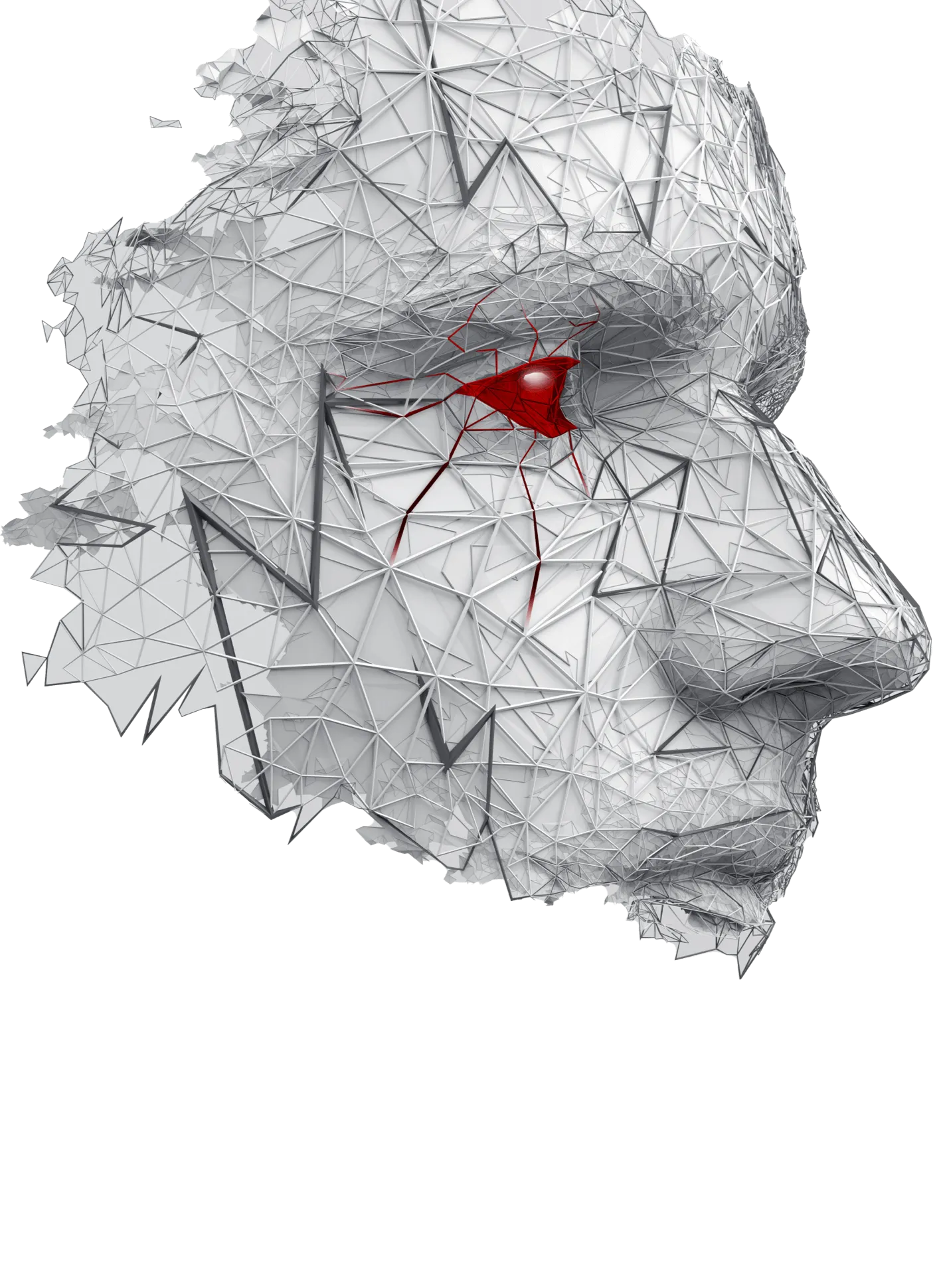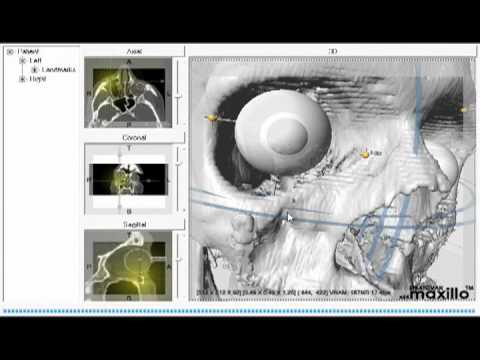Maxillo - providing computer-aided analysis of orbital volume for diagnostics and planning
Maxillo is an orbital volume computation application for use by otolaryngologists, ENTs, plastic surgeons, craniofacial surgeons, and maxillofacial researchers. It enables the use of computed tomography (CT) scans of the orbital area to be analyzed as part of diagnostics, pre-surgical planning and post-surgical analysis method.
We are here to help. Please consider arranging a training sessions with one of our orbital volume experts to find the best way to solve the problems you are facing.


